VEGAS MYTHS BUSTED: One of the Crazy Girls in the Statue Was a Crazy Boy
Posted on: May 6, 2024, 08:17h.
Last updated on: May 7, 2024, 12:15h.
When the Riviera closed nine years ago this past Saturday, its long-running topless revue, “Crazy Girls,” was saved by being relocated to Planet Hollywood. So was its statue, which had greeted guests at the entrance of the casino resort since 1997. And the statue’s salvation was no small deal.
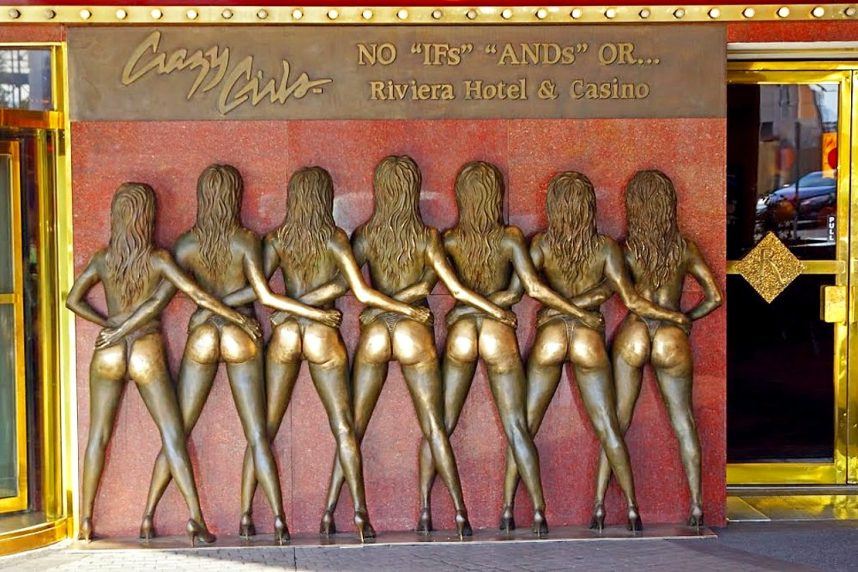
The “Crazy Girls” statue was the most photographed statue in Las Vegas. It was rubbed for good luck so often, its subjects’ exposed bottoms were buffed to a high sheen.
And, like most icons of Las Vegas, the statue came with its own myth for us to bust.
“The performers for Crazy Girls, including transgender showgirl Jahna Steele, are immortalized with a bronze sculpture,” reads one stock photography website.
Before we continue, a hat tip to Vital Vegas blogger Scott Roeben, who did an excellent job of busting this myth in 2021. Alas, it lives on. As Mark Twain once said, “Never let the truth get in the way of a good story.”
That’s also a myth, by the way. He never said that. And his real name was Samuel Clemens.
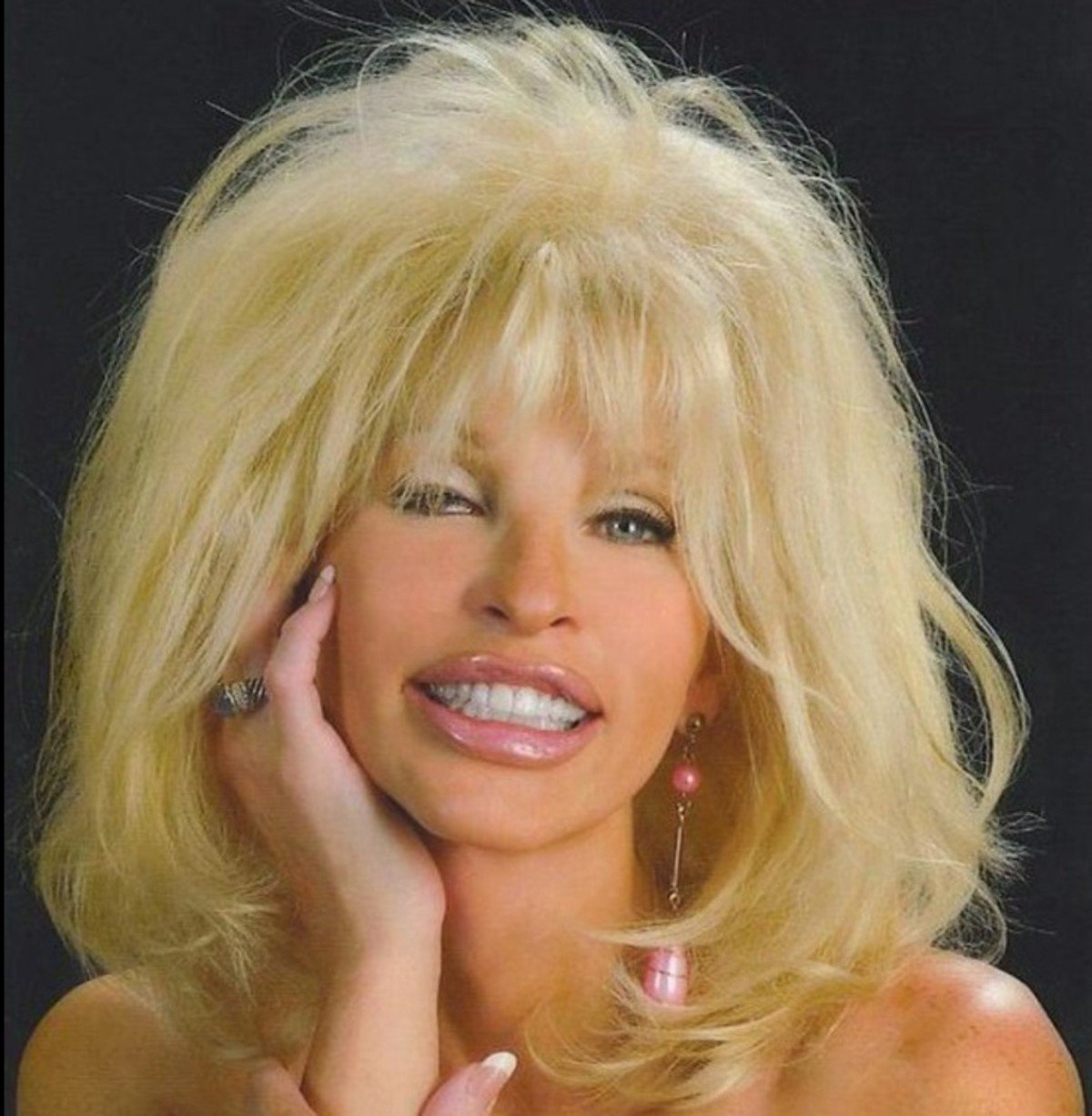
A Crazy Story
“Crazy Girls” opened in 1987 at the Riviera, where it played for 28 years. In the beginning, singer/dancer Steele was its breakout star. In a 1991 newspaper contest, she was voted Las Vegas’ “Sexiest Showgirl on the Strip” by readers who had no idea she was born John Matheny.
In her early 20s, Steele had gender reassignment surgery in her hometown of San Antonio, Texas. In 1992, that was a much bigger deal than it would be today. So, when the tabloid TV show “A Current Affair” discovered Steele’s secret and broadcast it to America, it became a national scandal.
“She was a super nice, sweet person,” her former castmate, Angela Sampras-Stabile, told Casino.org. “Full of life and really talented as well.”
Nevertheless, “Crazy Girls” producer Norbert Aleman caved to the homophobic fallout from fans of what The Advocate labeled at the time the “uber-straight” show.
He fired her.
Butt No, She’s Not in the Statue
The idea for the statue began with a photo shoot for an ad campaign that took place in 1994, two years after Steele got canned.
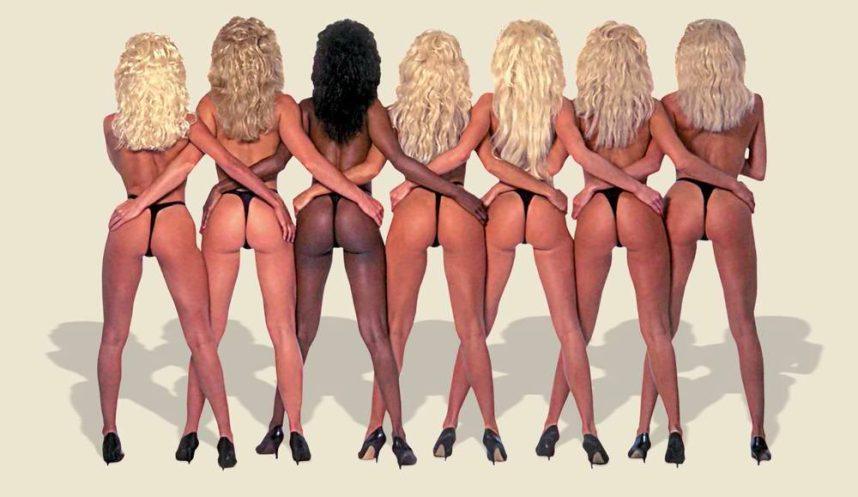
During the shoot, with photographer Greg Rider, dancers Sampras-Stabile and Shellee Renee suggested that they turn their backsides to face the camera.
“No Ifs, Ands or …,” read the ad copy written below the photo on billboards and atop taxis.
But couldn’t the statue have been based on an old photo that did include Steele?
Bonus Busting
No, because the statue — completed by New Mexico artist Michael Conine to commemorate the show’s 10th anniversary — wasn’t sculpted using the photo as a reference. In fact, it wasn’t sculpted at all. It was made using body molds.
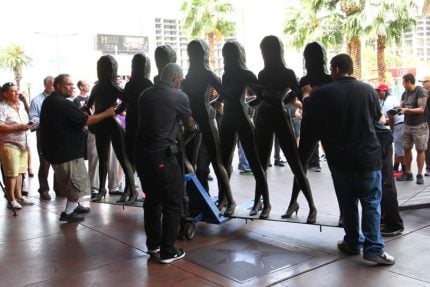
“They put baby oil all over us, then cotton, then whatever the mold was made out of,” Sampras-Stabile told us. “We had to stand completely still until it dried. One of the girls actually fainted and broke the mold, and we had to start all over.”
The End
Though Planet Hollywood saved the show, and the statue, from the oblivion awaiting the Riviera, the reprieve was only temporary.
Six years later, the casino resort’s owner decided to shutter the show and place the “Crazy Girls” statue in indefinite storage, where it remains today.
Caesars Entertainment told Casino.org that it has no current plans to display it again.
By the way, if you don’t know what became of Jahna Steele and you’re not in the mood to be sad, stop reading now.
Stung by her dismissal and lack of subsequent opportunities as a showgirl, Steele returned to school, taking computer classes and getting certified in nonprofit management. She worked for a while for United Blood Services, but missed the allure of show business.
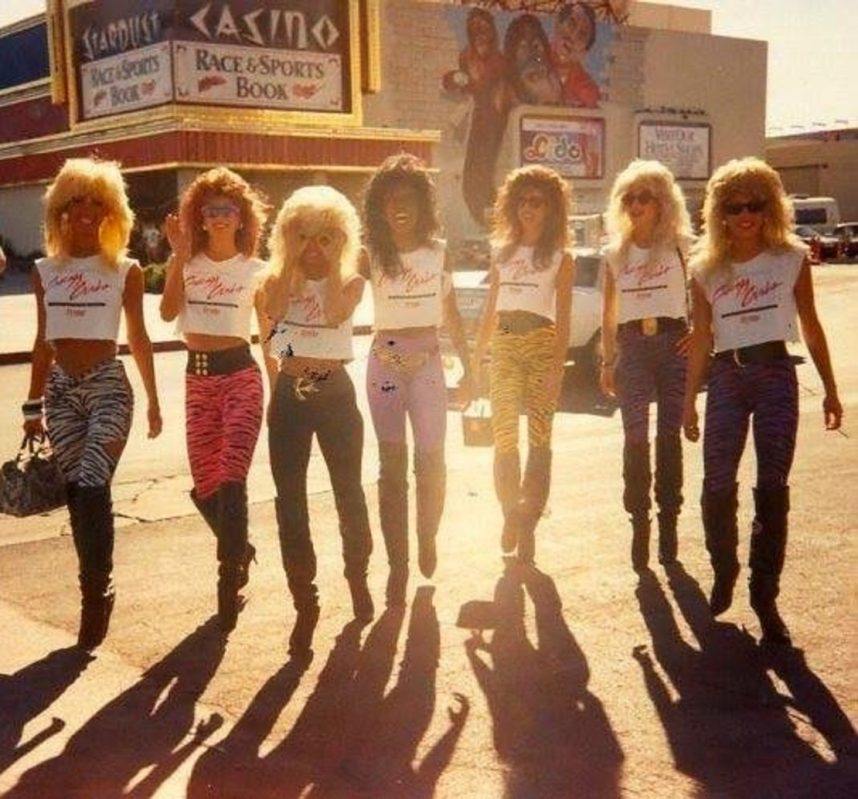
In 2004, Steele returned to the Riviera to host the World’s Most Beautiful Transsexual Contest, in which 35 contestants competed. That earned her a starring role in a Showtime documentary about the pageant, “Trantasia.”
In 2008, Steele began hosting Aleman’s “An Evening at La Cage” drag show at the Riviera, after its former host, Frank Marino, struck out on his own with “Divas Las Vegas” at the Imperial Palace.
That same year, Steele died at age 49. According to the Clark County Coroner’s office, it was an “accidental overdose of drugs, including cocaine and morphine.”
“I don’t think she was done with life,” Marino told The Advocate at the time. “I think she was done with the pain of life.”
We warned you to stop reading.
Look for “Vegas Myths Busted” every Friday on Casino.org. Click here to read previously busted Vegas myths. Got a suggestion for a Vegas myth that needs busting? Email corey@casino.org.
Related News Articles
VEGAS MYTHS RE-BUSTED: Buddy Hackett’s ‘Oral Contract’
VEGAS MYTHS RE-BUSTED: Hunting for Bambi
VEGAS MYTHS BUSTED: Vegas Has Been Gay Friendly Since the ’60s
Most Popular
VEGAS MYTHS RE-BUSTED: The Strip is the Brightest Place on Earth
UPDATE: Former Resorts World & MGM Grand Prez Loses Gaming License
Jackpot News Roundup: Two Major Holiday Wins at California’s Sky River Casino
VEGAS MYTHS RE-BUSTED: The Traveling Welcome to Las Vegas Sign
Most Commented
-
UPDATE: Whiskey Pete’s Casino Near Las Vegas Closes
— December 20, 2024 — 33 Comments -
Caesars Virginia in Danville Now Accepting Hotel Room Reservations
— November 27, 2024 — 9 Comments -
UPDATE: Former Resorts World & MGM Grand Prez Loses Gaming License
— December 19, 2024 — 8 Comments -
NBA Referees Expose Sports Betting Abuse Following Steve Kerr Meltdown
— December 13, 2024 — 7 Comments
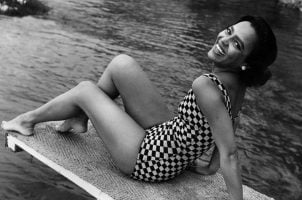
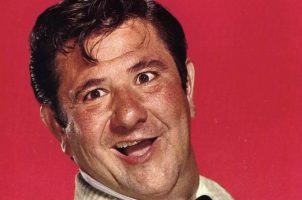
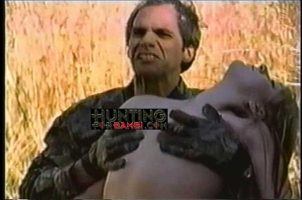
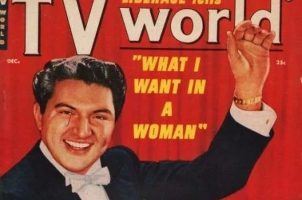











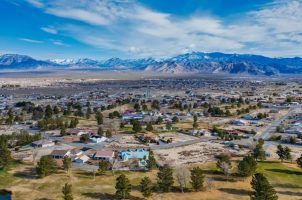
Last Comment ( 1 )
I was the creator of the bronze statue and found Michael Conine in New Mexico after my press release was published in Las Vegas Style. He was a computer programmer for the state of New Mexico. I went to the arts district in 1995 to find a warehouse to do the project. The Riviera comped his family for a week while we worked including his wife. The statue was $70,000 at the Shidoni Foundry outside of Santa Fe NM. At Lumpkin was the crazy girl who fainted amd I caught her.